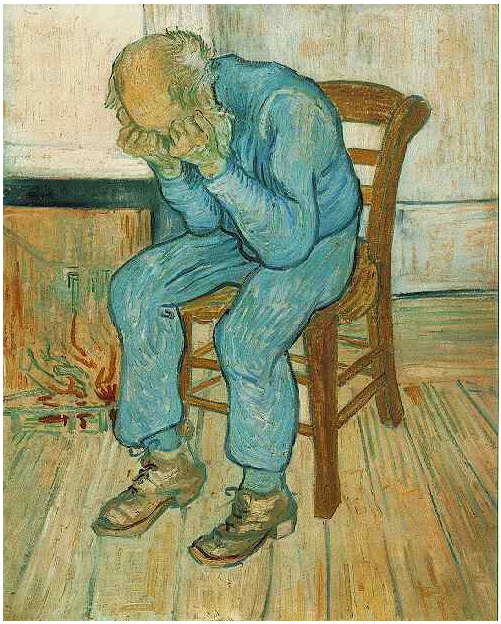There is a meme going around on Facebook where you post a famous work of art as a status update, and everyone who likes the post is assigned an artist and has to choose another work of art to post on their timeline. I got to know of it via Bhooshan, and posted this one:

As a result of this, 42+ people liked it, and a bunch of those actually continued the chain and posted some lovely paintings. I decided that it was all pretty enough to capture in a blog post, so here goes the list. The caption under each picture is taken from the comments of the person who posted this painting.
Bhooshan’s painting that started it all for me:

And here are the various people who posted things in response to mine:
BVHK posted this:

http://en.wikipedia.org/wiki/Caravaggio
Dhananjay Nene did a photograph instead of a painting:

What is special about this photograph. Frankly it seems like a bland photograph. But it is an art created by subtracting rather than by adding. There is a substantial amount of editing that has gone into it including to remove dog walkers and a factory.
Something more curious about this photograph .. **drumroll** this is the most expensive photograph ever. A print was sold for $4.38 million. More details at http://en.wikipedia.org/wiki/Rhein_II
Dipali Ekbote:

I first got fascinated with Impressionist art when, as a child, I found Camille Pissaro’s biography at my uncle’s house and loved it and the art for its lively, at times surreal form.
Van Gogh, a strong Post-Impressionist artist brought his own unique style of painting to what he saw but infusing it with the emotion of his mind. And what a mind it must have been. Living with acute and prolonged periods of mental illness, and being able to create the prolific works of art that he did, especially in the last years of his life. I think this work, completed two months before his death, depicts the artist’s anguished state so well. He chose to title it with “On the Threshold of Eternity” clinging to his faith in existence of a higher self and an eternity.
Don McLean brings Van Gogh to life in the absolutely wonderful song “Vincent” – a personal favourite. Do listen to it if you haven’t heard it yet. http://www.vangoghgallery.com/painting/starrynightlyrics.html
Neena Kamal:

This painting is called Jatayu Vadham and the scene is from Ramayana. I personally loved the detailing in this one! Loved the way falling feathers, different emotions are captured.
Koushik Sekhar:

Kanchan Pant:

Sarika Phatak Paranjape:

Makarand Sahasrabudhe:

Ankur Panchbudhe:

Asmita Jagtap:

Keep checking this page for updates for the next few days.